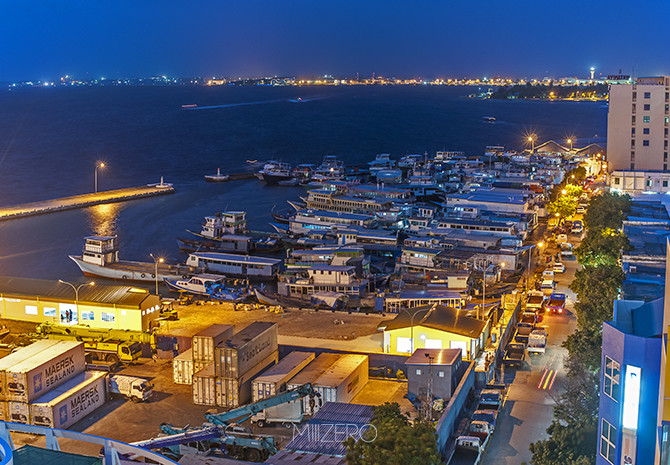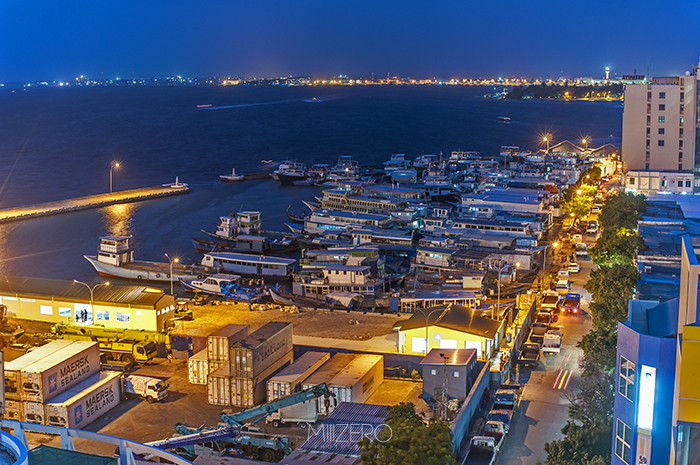
Image (a) Photo taken by NIKON D700
One astounding thing about shooting at night is how picturesque it can be when captured through the lens of a camera. Another is that it can beget rather interesting results from a mere pocket camera as well as from a high end DSLR. As an affirmation, for this article, I have sampled two point-n-shoots, Lumix DMC-LX5, Canon IXUS 100IS and DSLR, Nikon D300 (Nikon DX format is an alternative name used by Nikon corporation for APS-C image sensor format being approximately 24×16 mm) and Nikon D700 (FX – Full frame (size as a 35 mm (36×24 mm)).
My first advice is, whichever type of camera you use, do not depend only on your camera’s auto mode results. Take multiple meter readings and play with the settings, the results rarely fail to amaze. Check image (x and y)
It is important in all types of photography to compose your shot. So this goes without saying, compose your photo, and compose them well. It is up to you how, but do compose it. What would go hand-in-hand with composition, is timing. Always keep an eye out for the twilight (Image (a and b). It is a beautiful yet brief moment, so be ready ahead of time.
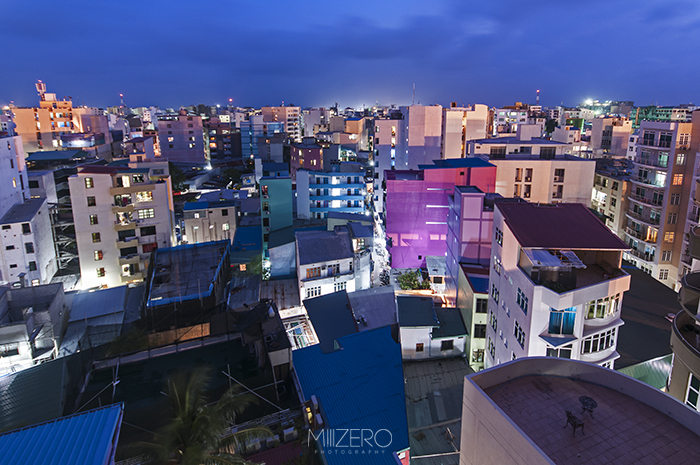
Image (b) Photo taken by NIKON D700
ISO is an option built for using in low light. Freezing the image using a high ISO is an option, but taking that up, I would recommend keeping it lower and opting for a steady base or tripod (Image (c)). The lower ISO will enable richer, clearer and more saturated colors in your image.
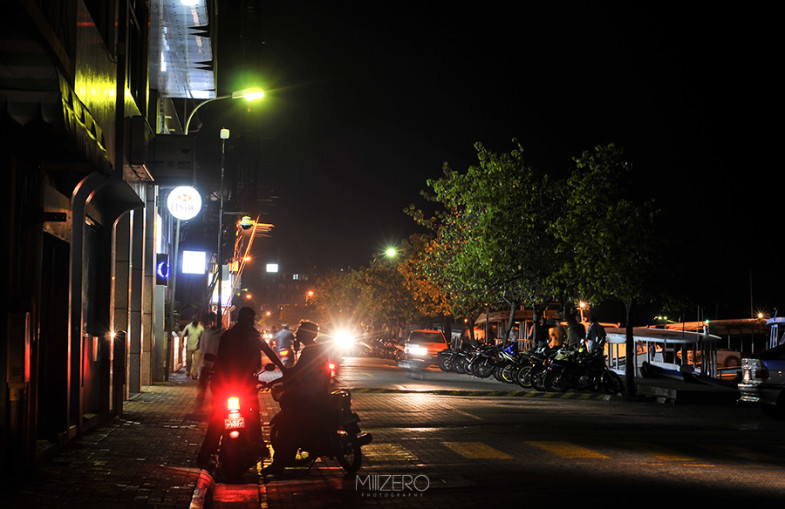
Image (c) Photo taken by NIKON D300
Most of the modern pocket cameras come with bracketing option Check image (x and y), which helps you to take multiple shots with different exposure settings. This can provide you with a number of choices for a satisfactory image.
White balance is an option used for rendering neutral images. Experimenting with this option and rendering ‘incorrect’ shades can result in some very interesting tones. Its great to switch from auto white balance (AWB) to bulb, sunlight, shade, florescence etc.
A common but still fun thing to try when working with low light is experimenting with shutter speeds. In an urban setting, try creating light streaks by taking advantage of moving vehicles (Image (d)). For more controlled light streaks try different torches or led lights.

Image (d) Photo taken by NIKON D300
Last tip – photography is always fun when you experiment. This is only a quick dose of photography for the readers. Keep on digging, experimenting and sharing.
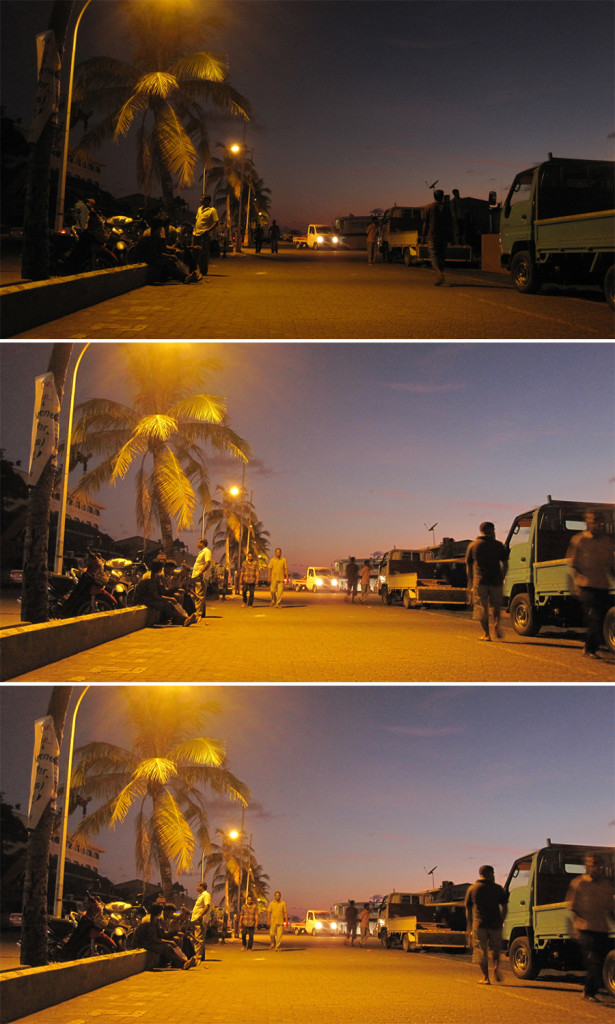
Image (x) Photo taken by Canon Digital IXUS 100 IS
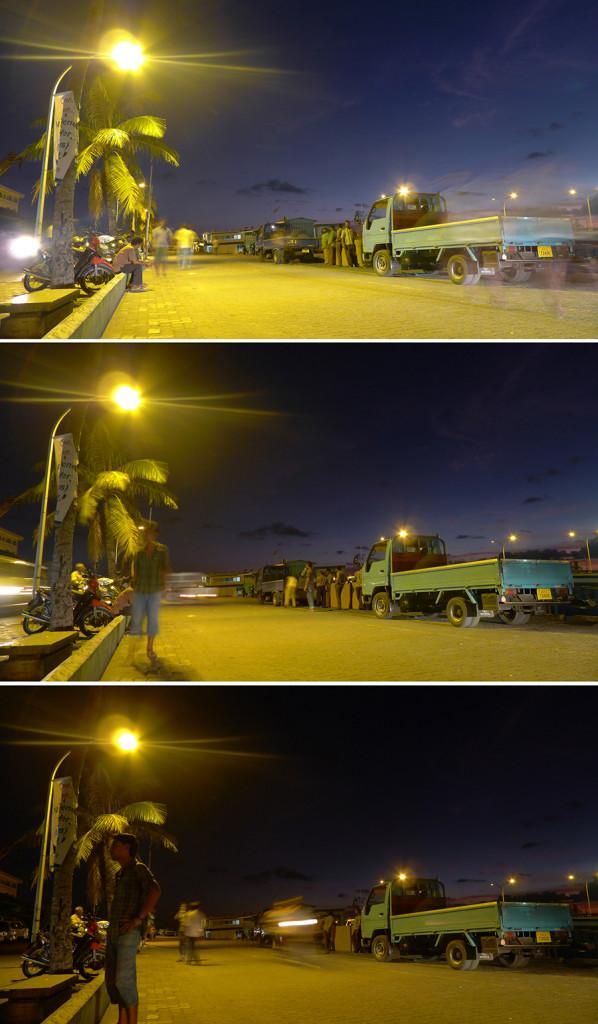
Image (y) Photo taken by Panasonic LUMIX DMC-LX5
This article is already published in Le Cute | LAVISH.
Thanks to Asad (Funkografik) and Shahinda for the help.

